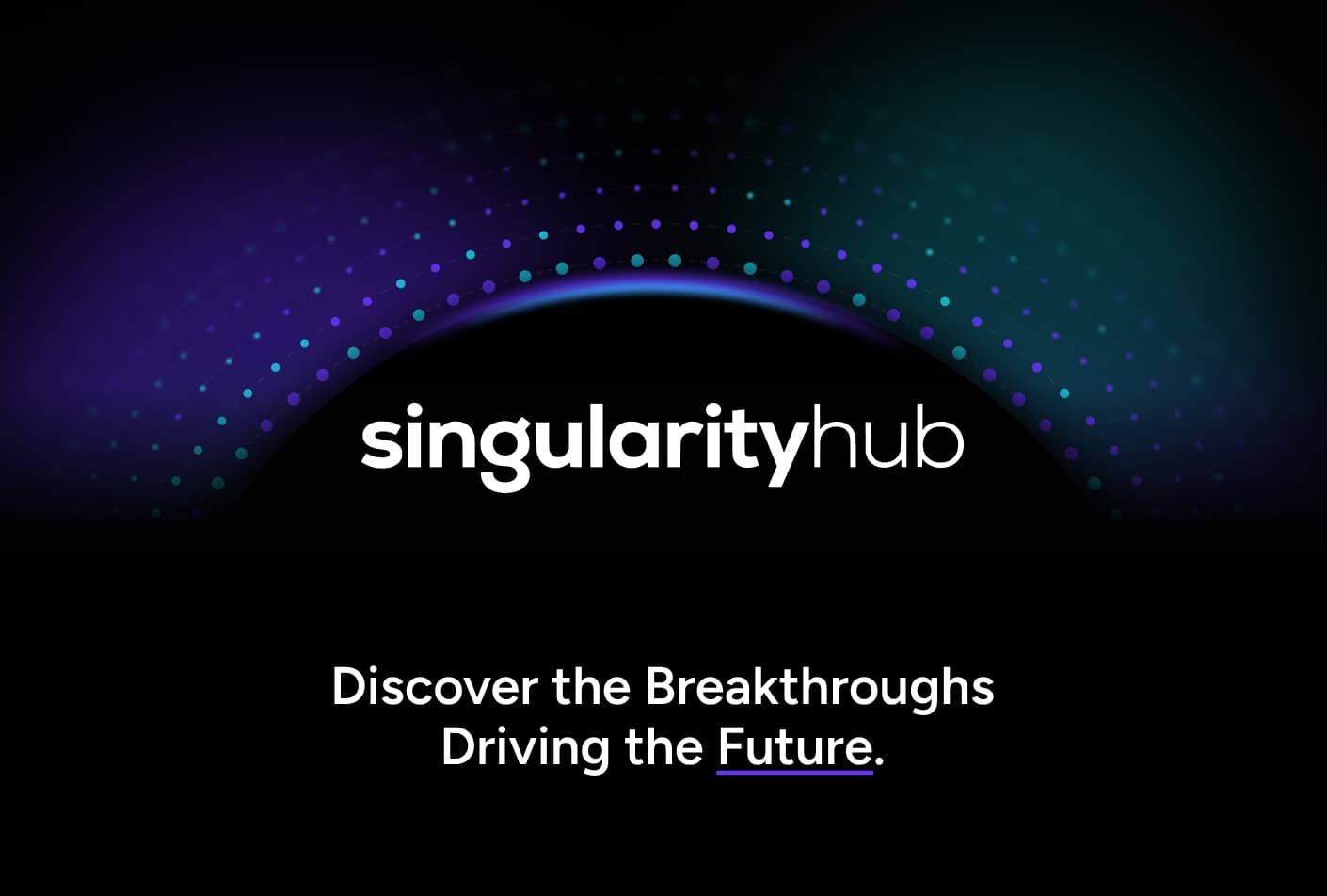Picture this: You’re running a successful online newsletter. Every day, your subscribers grow as more and more people click that gorgeous “Subscribe Now” button. You’ve got it made, right? Wrong. Here’s the reality check we don’t want to hear: the game isn’t about getting folks to sign up – it’s about getting them to stick around.
We’ve all been taught that the end goal is conversion. In the newsletter business, that’s getting the user to subscribe. But maybe that’s not the case after all. The old conversion wisdom is a bit overdue for retirement.
Subscription or Onboarding?
What if I told you that the key to sustainable growth isn’t about securing a conversion but about promoting retention? It sounds like marketing fluff, right? But this shift in perspective might be exactly what you need. When it comes to your subscribers, the journey doesn’t end when they join your newsletter or platform. It’s only starting!
It’s after the subscription that the magic, aka the onboarding journey, begins. It’s about more than just a warm welcome email or a run-through of features. It’s about making users feel valued, showing them the potential value they stand to gain. Do this right, and you can boost your Customer Lifetime Value (CLTV).
This post will go through some best practices that will help you overhaul your subscriber onboarding journey. Prepare to challenge the status quo and unlock the secret to sustainable growth in your newsletter or media business.
Rethinking Onboarding: It’s not a Transaction
Here’s the thing: when it comes to onboarding, we’ve been stuck in a rut. We’ve been treating it like a mere transaction, a box to check off before moving on to the next big thing. But in reality, onboarding is so much more. It’s the first chapter of a long and rewarding story you’re about to write with your subscriber. So, let’s start treating it as such.
Think about it. When you meet someone for the first time, do you just exchange names and then call it a day? Of course not! You start a conversation; you try to find common interests; you work on building a connection. Why should it be any different with your subscribers?
What we need to do is transform our onboarding from a boring ordeal to an engaging experience. We need to focus less on formalities and more on forming connections.
Take the case of Trends, an online newsletter that sees onboarding as building relationships. They replaced their impersonal welcome email with a personalized message with tailored content. They don’t sign up their new subscribers only to abandon them. Trends guides its readers, makes them feel part of a community, and engages with them. And guess what? Their retention rates have gone through the roof since adopting this strategy. If you want to see how they made it big, read how Refact helped Trends scale and get bought by HubSpot.
[Insert images from Trends onboarding]
This is the type of subscriber onboarding that gets results. Let’s focus not only on signing up subscribers but on building meaningful relationships that turn into loyalty. After all, isn’t that what business is all about?
The Importance of Personalization in Onboarding
Now, let’s talk about personalization. You’ve heard it before, I’m sure. “Make it personal. Tailor it to the niche.” These phrases have been used so much that they’ve become cliches. But here is the hard fact of it: Personalization is a game-changer.
Stroking a chord with your readers is not enough to keep them loyal. You have to make them feel like they have gained something by subscribing and staying with you. That involves personalization as well as anything. But be careful. Personalizing the onboarding process isn’t just about using automation to add your subscriber’s first name to their welcome message. That’s the one-and-only personalization most businesses practice, and that goes nowhere fast.
No, we can do much better than that. It’s about tailoring the entire experience. That means understanding their needs, their interests, and their behavior.
Back in 2017, Malinda Senanayake, Head of Growth at Roar Global shared some examples of good onboarding practices. One is about an apparel company personalizing its onboarding based on user behavior. They found that customers buying clothes in XL and XXL sizes are more likely to buy again. So, the company included a discount coupon in these customers’ welcome emails after their first purchase. That improved retention and engagement so much they decided to extend the coupon to all first-time customers. And it worked!
In the world of digital newsletters and media platforms, personal onboarding isn’t a luxury. Neither is it a matter of creating a “set and forget” automation with something like Zapier or Make. It’s a vital part of your business, and you have to do your homework on it.
Best Practices for Onboarding
We have been working with newsletters for a while, helping them scale as their digital partner. The experience has been a goldmine of knowledge. Now, I’m going to showcase some of the best onboarding practices we’ve picked up along the way.
1. Make it Simple, Make it Snappy
Tap into the power of one-click activations for your newsletter sign-ups. Its effectiveness is not just in its simplicity – it satisfies a psychological urge as well. There’s an undeniable delight in accomplishing tasks with a single click. That is what’s behind the whole gamification movement. It’s an exercise in reduced friction that caters to short attention spans and the basic need to get stuff done.
2. Make Your Value Proposition Obvious
A strong value proposition is like an elevator pitch – it should get your value across in a few seconds. Each newsletter business has its own unique selling point. Presenting it with clarity can amp up the value of your content in your readers’ minds.
3. Exclusive is Enticing
The use of ‘subscriber-only’ tags serves as a constant reminder of the unique benefits that come with being a member of your platform. It’s a psychological play on exclusivity that stimulates interest and fosters a sense of belonging.
4. Ease-of-Use is Everything
Screenshot from the Economist
UX is ruling with an iron fist, and it should. Nobody likes to suffer to get to some content. So, if your main source of engagement and revenue is your app, add a QR code to your CTA. Or how about customizing the download process based on the user’s device instead of giving them two download buttons? Creating an easy, engaging user experience is vital – it makes the journey from interest to action as seamless as possible.
5. List out the Perks
Put your benefits out in the open and showcase them. Make your subscribers understand the full scope of what they’re getting by providing a detailed list of benefits. It’s a strategy that leaves no room for ambiguity and creates a clear pathway to user satisfaction.
6. Preempt the Churn
Screenshot from the Economist
Lack of time is a significant factor in subscriber churn. Try to use that to your advantage by offering shorter versions of your content and drawing attention to them. That way, you can get in front of the problem and turn the challenge into a potential new revenue source. Who knows? Your short takes may become their own thing one day and earn you a lot more.
7. Personalize It
A welcome email personally signed by an editor adds a warm, human touch to the otherwise digital process. This can make your new users feel seen, acknowledged, and more connected to your brand from the get-go. Use the benefits of email automation to boost this personal touch with relevant content, and you’re good to go! Workweek translates personalization in a different way. It sends you a personalized welcome email from the creator you showed an interest in instead of a faceless corporate entity. That’s a nice touch that goes a long way toward loyalty.
8. Keep in Touch
Screenshot from the Economist
Regular check-ins are essential if you want to keep up engagement. Try sending emails with useful content every few days after the initial sign-up. That helps your brand stay at the forefront of your subscribers’ minds. It’s a way of saying, “We’re here, we’re thinking about you, and we’re committed to adding value to your experience.” It’s also a great way to showcase all your features and how users can drive the most value from your website or app.
9. Beware the Laws
If you didn’t know there are some laws about emailing your subscribers, the recent fiasco about Amazon Prime’s “Iliad Flow” has probably tipped you off. It turns out, that’s against the law. Actually, FTC has begun an investigation into Amazon’s unsubscribing practices. So, make sure to include a clear, visible “unsubscribe” button or link in your emails. If you want a higher retention rate, you can always appeal to them with a promotion on the unsubscribe landing page.
Each of these practices works by itself and can have a positive impact on your CLTV by increasing retention. Putting them together as a meaningful strategy does wonders.
User Onboarding for the Win
User onboarding shouldn’t be a one-time fling. Instead, think of it as a launchpad for your relationship with readers. It’s the make-or-break phase where you guide users to the value they want, easing them into a cycle of engagement, satisfaction, and loyalty.
Taking a page out of our clients’ playbooks, we’ve been talking up the impact of a user-focused and engaging onboarding strategy. The key takeaways include:
- making things simple
- communicating value
- and, personalizing the experience.
But remember, these are not hard and fast rules; they are guiding principles.
Your business is unique, and so are your users. These methods are not one-size-fits-all solutions but a source of inspiration. To succeed in the long run, you need to mold these best practices around your user’s needs and test, test, test.
At Refact, we have made it our mission to help newsletters and creators scale, engage, and improve. As a digital partner to industry-leading newsletters like Trends, we provide bespoke services that speak to your needs. So, check out what we’ve done so far, or make an appointment now.













